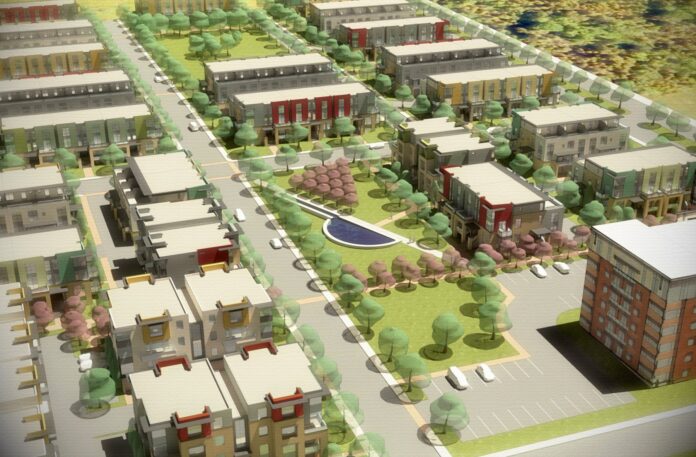Building Sustainable Cities: Exploring the Realm of Urban Planning and Design
Urban Planning and Design serve as the blueprints for creating vibrant, livable, and sustainable cities that cater to the needs of residents and promote economic prosperity. In an era characterized by rapid urbanization, population growth, and environmental challenges, Urban Planning and Design play a pivotal role in shaping the physical, social, and economic fabric of urban environments. In this article, we’ll embark on a journey into the world of Urban Planning and Design, unraveling its significance, applications, and the top institutions shaping the future of this vital field.
Understanding Urban Planning and Design:
Urban Planning and Design encompass the process of envisioning, designing, and managing the built environment to create functional, attractive, and resilient urban spaces. It involves integrating various disciplines such as architecture, landscape architecture, urban design, transportation planning, and environmental planning to address complex urban challenges and achieve sustainable development goals.
At its core, Urban Planning and Design seek to foster inclusive and equitable cities that promote social cohesion, economic opportunity, and environmental sustainability. It involves analyzing urban trends, engaging stakeholders, and formulating policies and strategies to guide growth, development, and revitalization in urban areas.
Applications of Urban Planning and Design:
The applications of Urban Planning and Design are diverse and encompass various aspects of urban development and management, including:
- Land Use Planning: Urban Planning and Design involve allocating land for different uses such as residential, commercial, industrial, and recreational purposes to optimize land resources, minimize conflicts, and create mixed-use neighborhoods that promote walkability and connectivity.
- Transportation Planning: Urban Planning and Design include designing transportation systems, infrastructure, and public spaces to enhance mobility, accessibility, and safety for pedestrians, cyclists, and motorists. It involves promoting sustainable transportation modes such as public transit, cycling, and walking to reduce traffic congestion and air pollution.
- Green Infrastructure and Open Space Planning: Urban Planning and Design entail incorporating green infrastructure elements such as parks, greenways, and urban forests into urban landscapes to enhance biodiversity, mitigate climate change impacts, and improve quality of life for residents.
- Community Engagement and Participation: Urban Planning and Design involve engaging communities, stakeholders, and residents in the planning process to ensure their voices are heard, and their needs are addressed. It involves conducting public meetings, workshops, and charrettes to gather input, build consensus, and foster collaboration in decision-making.
Top Institutions Shaping Urban Planning and Design:
- Massachusetts Institute of Technology (MIT): MIT’s Department of Urban Studies and Planning offers interdisciplinary programs in Urban Planning and Design that focus on sustainable urban development, urban policy, and urban design.
- Harvard University: Harvard’s Graduate School of Design offers programs in Urban Planning and Design that emphasize design thinking, placemaking, and community engagement in urban development projects.
- University of California, Berkeley: UC Berkeley’s College of Environmental Design offers programs in City and Regional Planning and Landscape Architecture that integrate theory, research, and practice to address urban challenges and opportunities.
- University of Pennsylvania (Penn): Penn’s Weitzman School of Design offers programs in City and Regional Planning and Urban Spatial Analytics that prepare students for careers in urban planning, design, and development.
- Columbia University: Columbia’s Graduate School of Architecture, Planning, and Preservation offers programs in Urban Planning, Urban Design, and Historic Preservation that emphasize sustainable urban development, resilience, and equity.
Conclusion:
Urban Planning and Design play a crucial role in shaping the future of cities, fostering inclusive, resilient, and sustainable urban environments. By integrating principles of design, sustainability, and equity, urban planners and designers can create cities that are not only functional and aesthetically pleasing but also socially just and environmentally sustainable. As the demand for skilled urban planners and designers continues to grow, top institutions are offering comprehensive programs that equip students with the skills, knowledge, and practical experience needed to excel in this dynamic and rewarding field. Through their dedication, innovation, and collaborative spirit, urban planners and designers are shaping the cities of tomorrow and creating a better quality of life for urban residents around the world.

